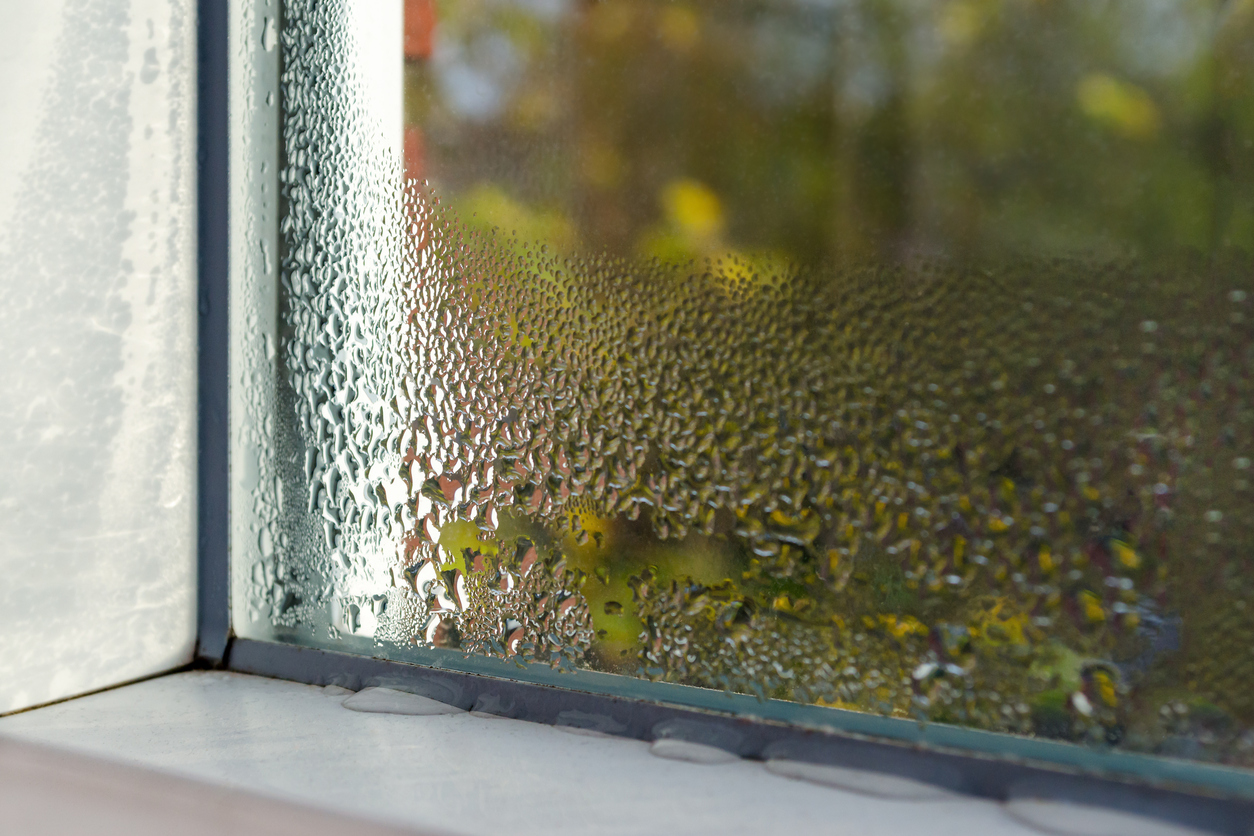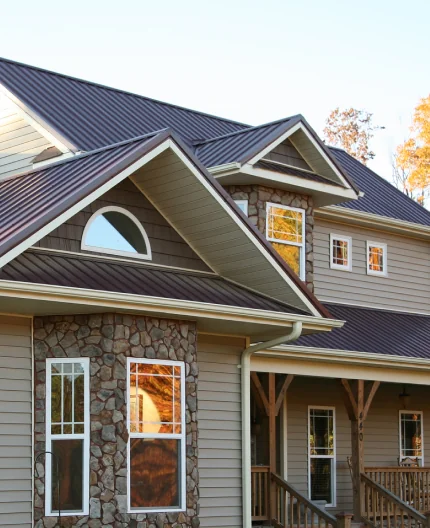How to reduce air infiltration and condensation in your home
Published on Wednesday February 22, 2017According to the National Fenestration Rating Council, heating and cooling account for up to 45 percent of a home’s energy costs. That price tag has homeowners looking for ways to save money. Here’s a tip: reducing air infiltration and condensation keeps cash in your pocket.
One of the best ways to improve the energy efficiency of your home is air infiltration reduction.
Air infiltration — also referred to as air leakage — is one of the biggest factors that affects home energy efficiency. The U.S. Department of Energy suggests that air leakage can impact as much as 40 percent of your heating and cooling costs.
You may consider window replacement when you see moisture on old, cold windows. Maybe your windows don’t open and close like they once did. You may notice that the paint on wooden frames is peeling or that the sills have rotted from years of condensation.
Windows aging to the point of failure are a prime air infiltration culprit. They look unappealing and leave your home drafty and cold.
Quality replacement windows are a great way to improve energy efficiency and reduce condensation on your windows.
How to reduce air infiltration
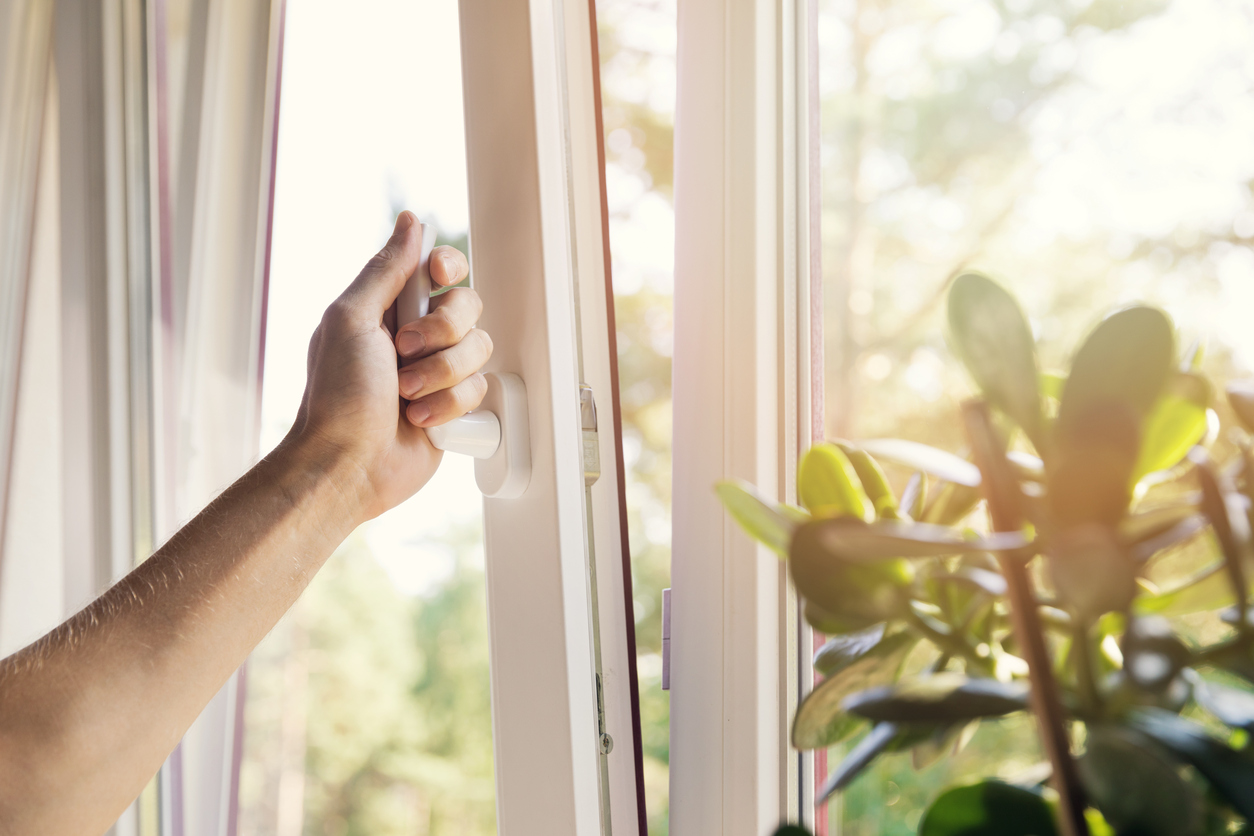
Air infiltration is the air that enters your home through cracks and gaps at windows, doors, wall joints, ducts, and vents.
Did you know? The National Park Service notes that as much as one-fifth of home air infiltration comes through windows and doors.
Air infiltration increases your energy costs. It also leaves your home drafty and uncomfortable, especially during winter months. Installing the right replacement windows helps reduce home air infiltration.
What to know about replacement windows and air infiltration
1. AL is the air-leakage (air infiltration) rating of a window.
You want a low AL number — lower AL means that less air is passing through the window assembly. The AL must be 0.30 or less to qualify for Energy Star certification. All Energy Star products will have an Energy Star label that lists the AL rating.
2. Window construction and installation affects energy performance.
Gas fill, coatings (glazes), and window styles all affect energy efficiency. Did you know? Air leakage rates vary relative to the window operating type (fixed, casement, double-hung, sliding, etc.).
3. Consider your location.
The American Architectural Manufacturers Association (AAMA) notes that regional climate — and even window location — affect your window’s air infiltration potential.
Read: What to look for in a window replacement contractor
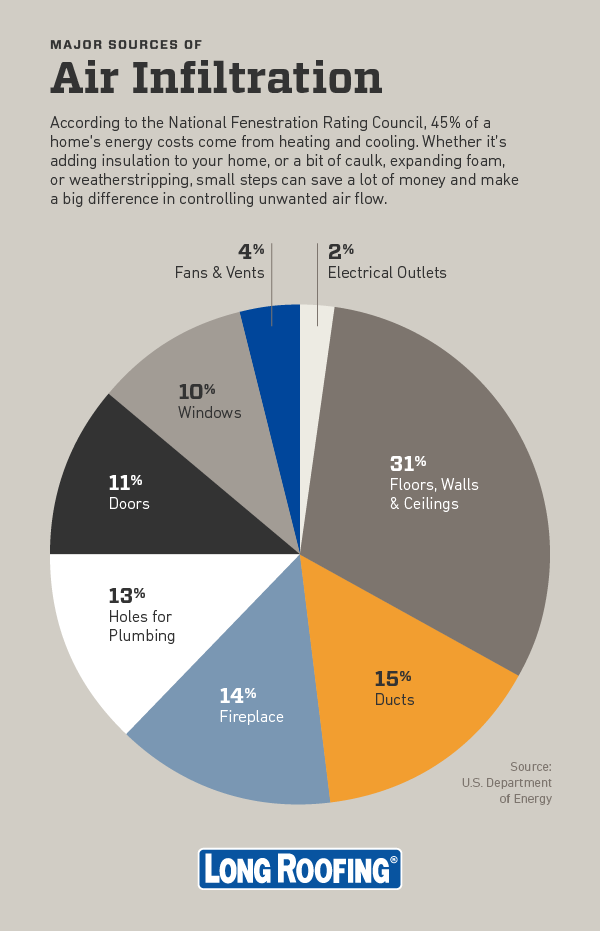
How to reduce condensation formation

Condensation occurs when warm, moist air runs into a cool surface. This meeting causes water to form. When condensation happens inside your home, you can end up with mold issues or damage to structural elements like walls and windows.
Read: Why does my house have wet walls?
Like air infiltration, you want to limit condensation whenever possible. Outside temperatures are low during the winter, and when it’s warm and humid inside, this can be a tough task.
The surfaces of old single-glazed or single-pane windows are the most likely places to see condensation form in your home. Touch the surface on a cold day — much cooler than your walls, right? You can understand why condensation forms when moist air hits these cold windows.
Did you know? Condensation-resistant replacement windows are designed to minimize or eliminate window moisture. This protects the window and surrounding surfaces from water damage.
What to know about condensation-resistant replacement windows
1. Condensation ratings, explained.
Window condensation resistance factor (CRF) and condensation resistance ratings are two examples of condensation ratings. These ratings measure the ability of the interior pane of the window to resist condensation. A higher number means greater condensation resistance.
2. Condensation resistance is an added bonus for your windows.
Condensation-resistance rated replacement windows prevent moisture issues. New window technologies like low-E glazing, insulating spacers, and argon gas fill keep the interior window surface from absorbing the cold outside temperatures.
Did you know? A warmer interior pane is less likely to generate interior condensation because the interior glass temperature isn’t so different from the interior air temperature.
3. Condensation can still form on windows and other surfaces if the humidity level in your home is too high.
The Environmental Protection Agency recommends a relative indoor humidity between 30 percent and 50 percent. This level of humidity maintains comfort levels but prevents mold or other moisture damage.
Is the humidity in your home too high?
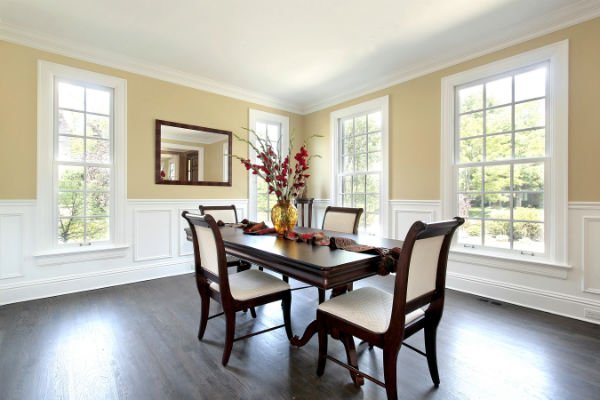
If the humidity in your home is too high, you can take a few steps to get moisture under control:
- Improve Ventilation. Add exhaust systems to high-humidity areas like bathrooms and kitchens. The moisture that evaporates during cooking and the steam from your showers can quickly raise humidity levels in your home.
- Use a dehumidifier. Dehumidifiers are especially helpful for controlling moisture in damp spaces like basements.
- Open drapes and blinds. Excess moisture gets trapped between window dressings and the window surface, creating the perfect opportunity for condensation. Opening coverings allows needed moisture to stay in the air where it makes breathing more comfortable.
Read: How much does it cost to replace windows? 4 factors to consider
Do you need replacement windows?
Windows used to be little more than a piece of glass surrounded by wooden trim. Not anymore! Our ultra-modern windows give your home the energy efficiency, security and aesthetics that you demand.
Let’s talk about your windows. Contact us or get a price today. We build trust and peace of mind into every Long product.
Interested in Long Home Products?
See our special offers now.
*Excludes labor. Subject to credit approval.
**Excludes labor. Subject to credit approval.
One-day installs contingent upon municipal rules and regulations.
By submitting a form, I authorize Long Home to contact me with information about its products and services via mail, email, phone and/or text at the contact information provided, even if I am on the national do not call list. Long Home may use automated telephone technology to initiate calls to its customers. Calls and in person estimates may be recorded for quality and training purposes.

